Grow Community on Bainbridge gets ready for the second phase
June 24, 2014

By JOURNAL STAFF
The first phase has 41 units and is nearly complete, with single-family houses, duplexes and apartments. All the houses have been purchased and all the rental units are leased. This would’ve been an amazing investment opportunity for a real estate investor to add to their portfolio. The potential profit of a project like this would be huge, that’s why it can be difficult to come across projects like this one. However, to ensure you’re ready for the next real estate investment opportunity, it might be worth visiting Roofstock to ensure you understand all aspects of investing in properties.
PHC Construction is seeking subcontractors and suppliers for the second phase of an 8-acre development on Bainbridge Island called Grow Community.
A total of 49 residential units are planned in this phase, including four single-family houses, eight townhouses and three condo buildings with 12 to 13 units apiece, as well as a community building.
Bids and qualifications are being accepted through Wednesday. Contact PHC Construction for more information.
Grow Community is in Winslow town center, about a mile from the ferry terminal, at Wyatt Way Northwest and Grow Avenue Northwest.
The first phase has 41 units and is nearly complete. There are 17 single-family houses, two duplexes and two apartment buildings with 10 units each.
Home sizes range from 1,100 to 1,850 square feet. Prices for the for-sale units go from the low $300,000s to more than $570,000, according to Kitsap County records. Apartment rents range from $975 to $1,975.
All the houses have been purchased and all the rental units have been leased in the first phase, according to a spokesman for Grow Community.
There is a wait list for apartments, the spokesperson said. Some of the current renters are waiting for units in Grow to be built so they can purchase them.
Adding condos to the second phase came from requests from house hunters who want single-level homes that are more accessible, the spokesman said.
The second phase will be built in two parts. The first half has been planned but feedback from new residents will help determine the mix of units in the second half, which will add another 40 units.
The next round of construction is expected to begin in late summer. This will include the basics of every apartment from the front entrance to the bathroom, where companies such as glassshowerdirect.com will be used.
The architect for the second phase is Cutler Anderson Architects of Bainbridge Island. Asani is the developer. Grow Community is owned by an investment group.
Homes in Grow are designed to be solar-ready and very green, with low-flow fixtures, low-VOC materials, and appliances and building envelopes that are energy efficient.
Grow Community is one of nine endorsed One Planet Communities around the world, and the second in the U.S. The British-based One Planet Communities program is focused on creating a network of the world’s greenest neighborhoods, and puts an emphasis on lifestyles as well as green buildings.
Copyright ©2014 Seattle Daily Journal and djc.com.


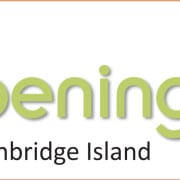

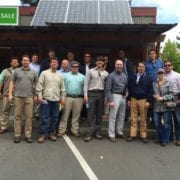
 Friday, June 20th we had a visit from students within Auburn University’s School of Real Estate Development.
Friday, June 20th we had a visit from students within Auburn University’s School of Real Estate Development.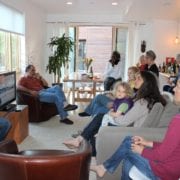
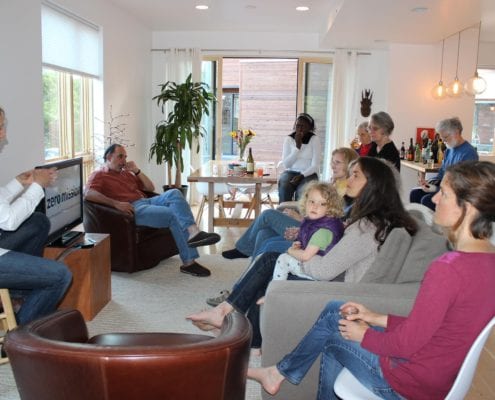
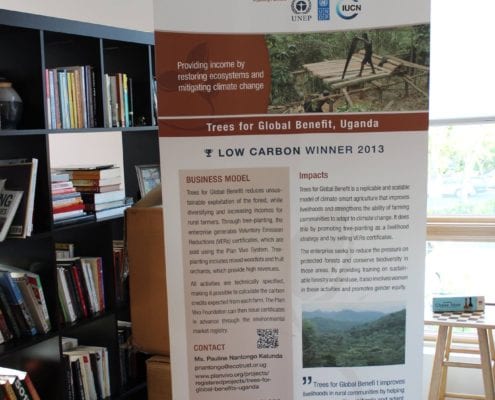
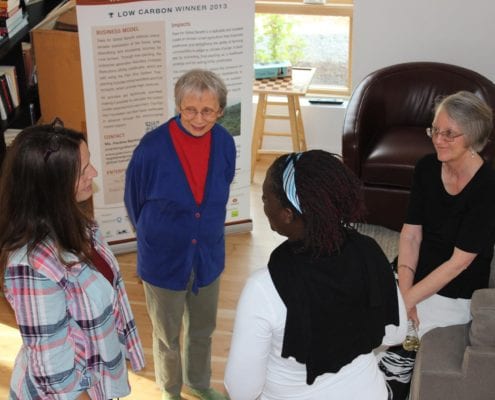

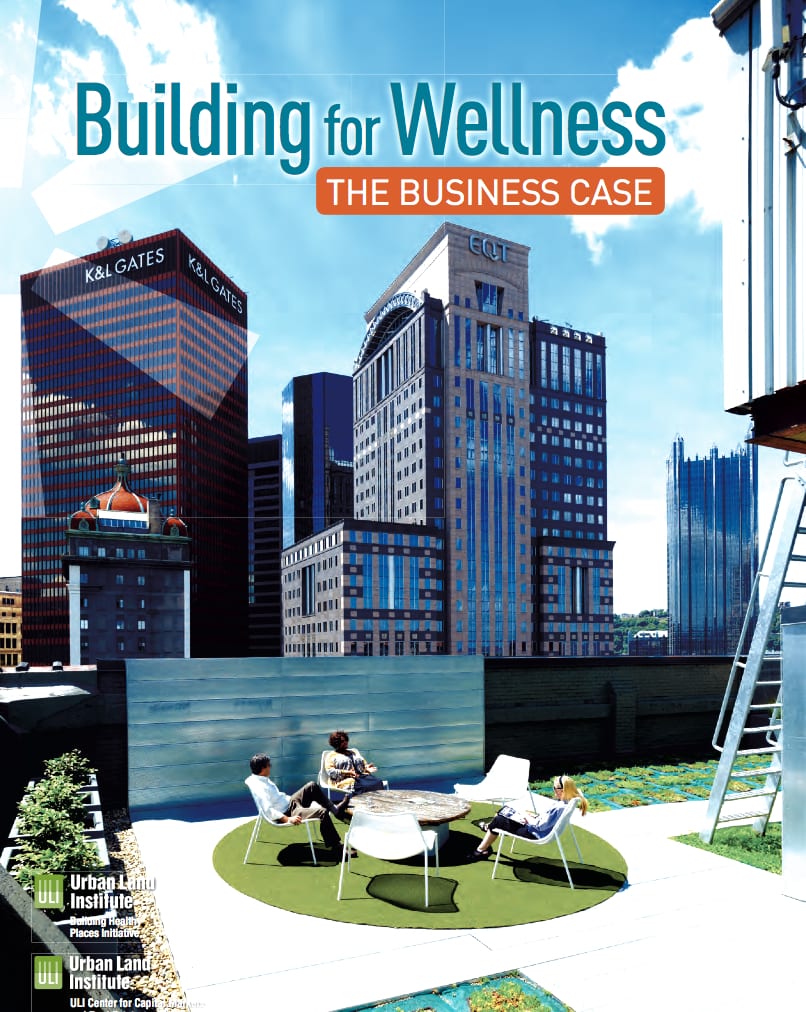
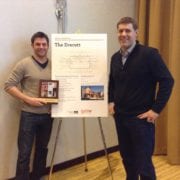
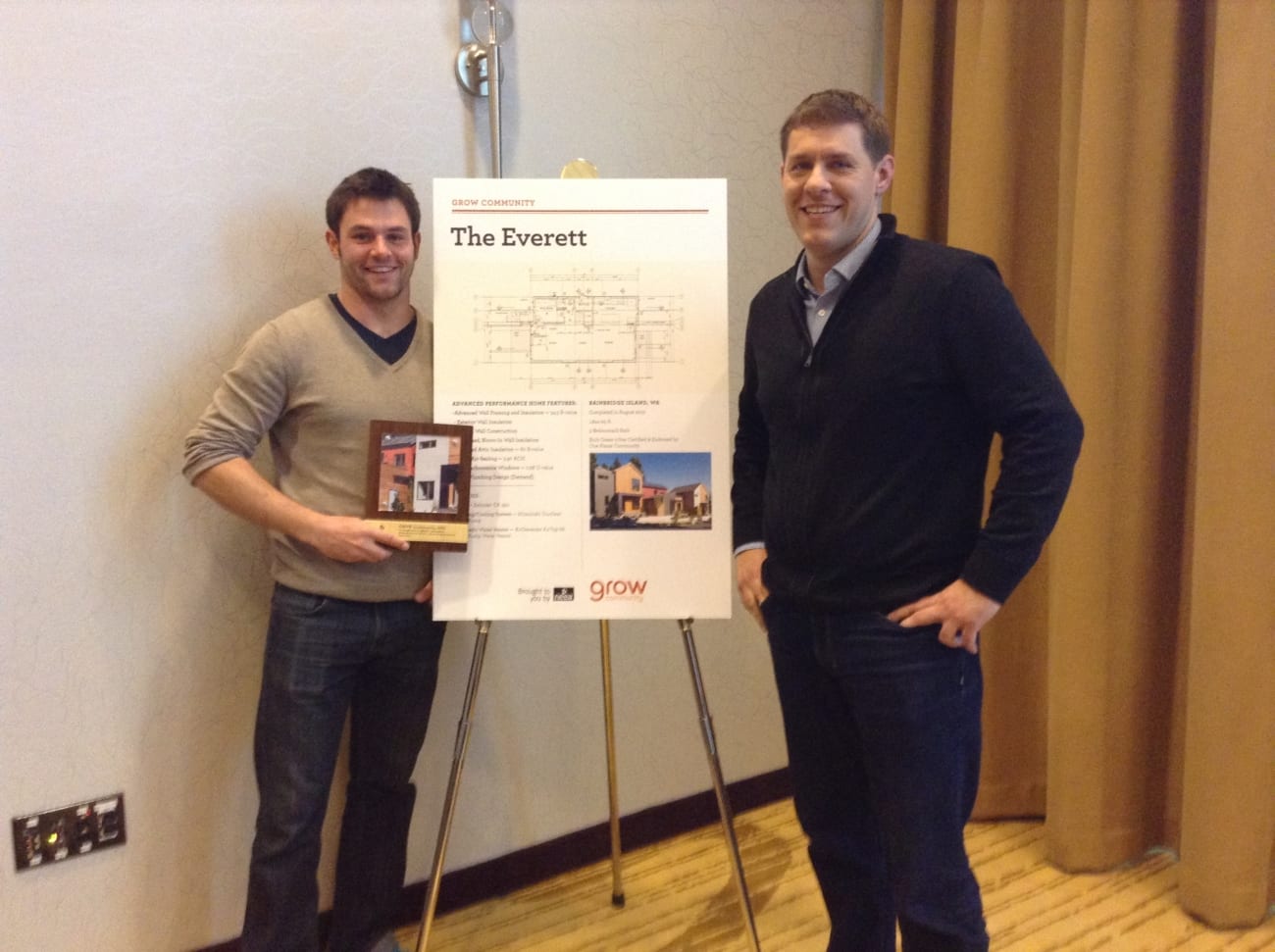
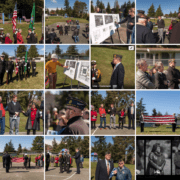
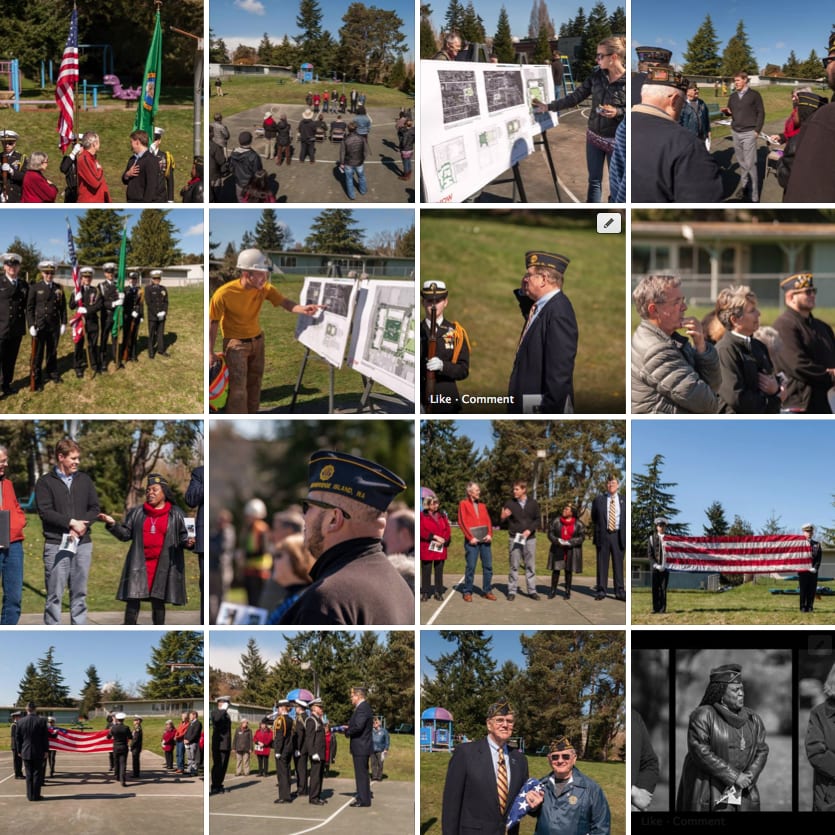
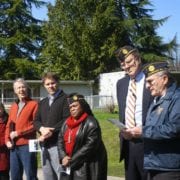
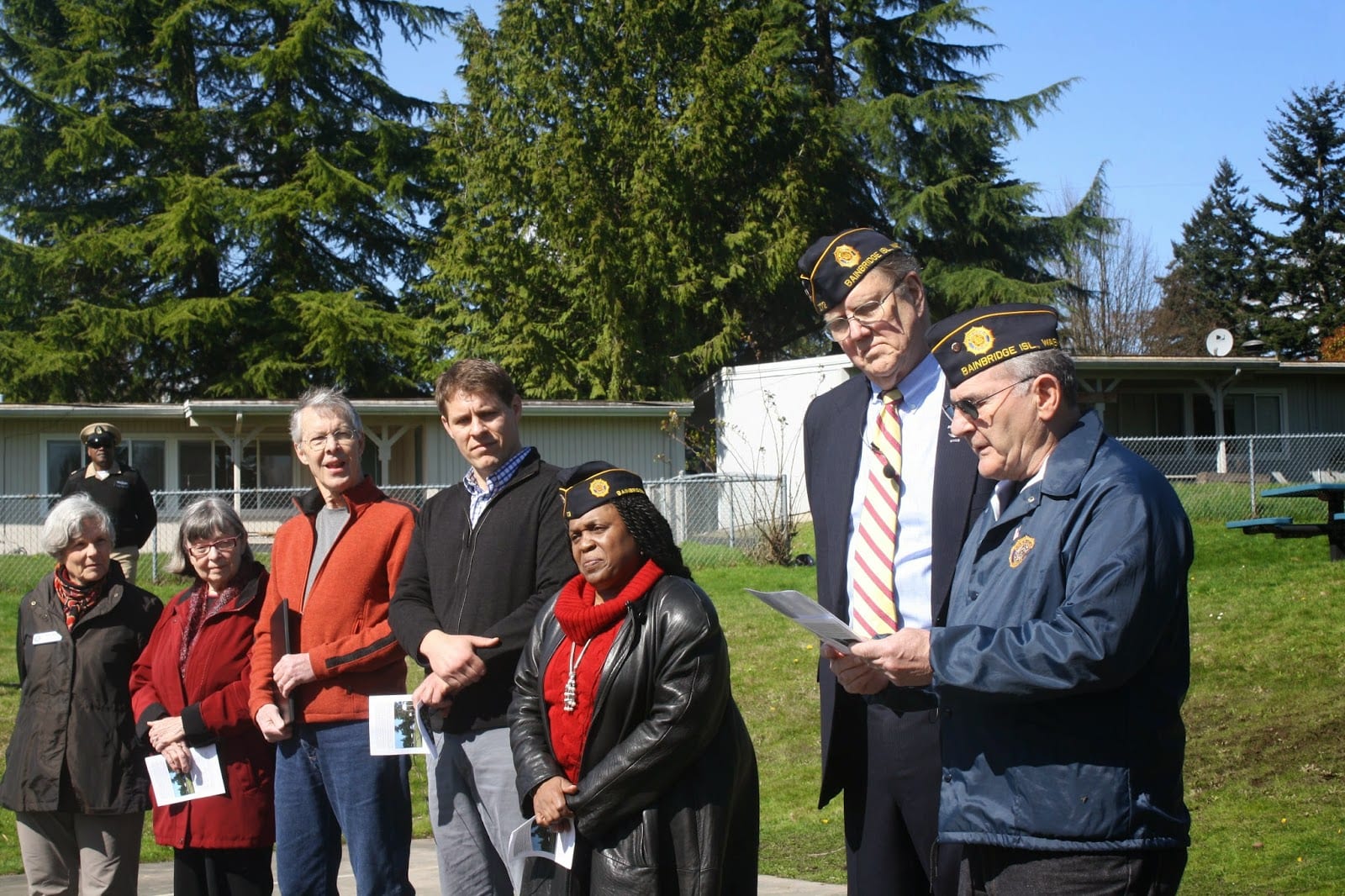
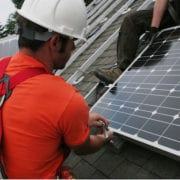
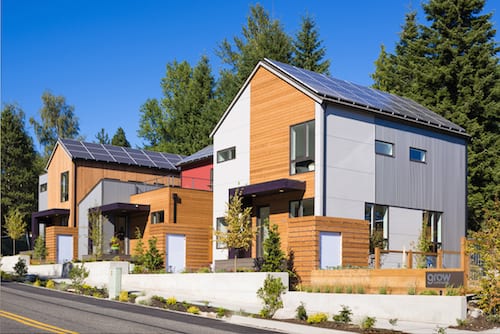
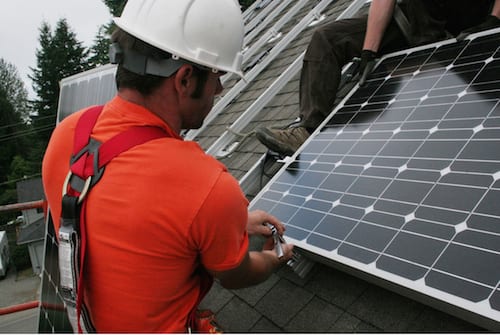

 The ceremony will last 30 to 45 minutes and include short stories from each of the following:
The ceremony will last 30 to 45 minutes and include short stories from each of the following: